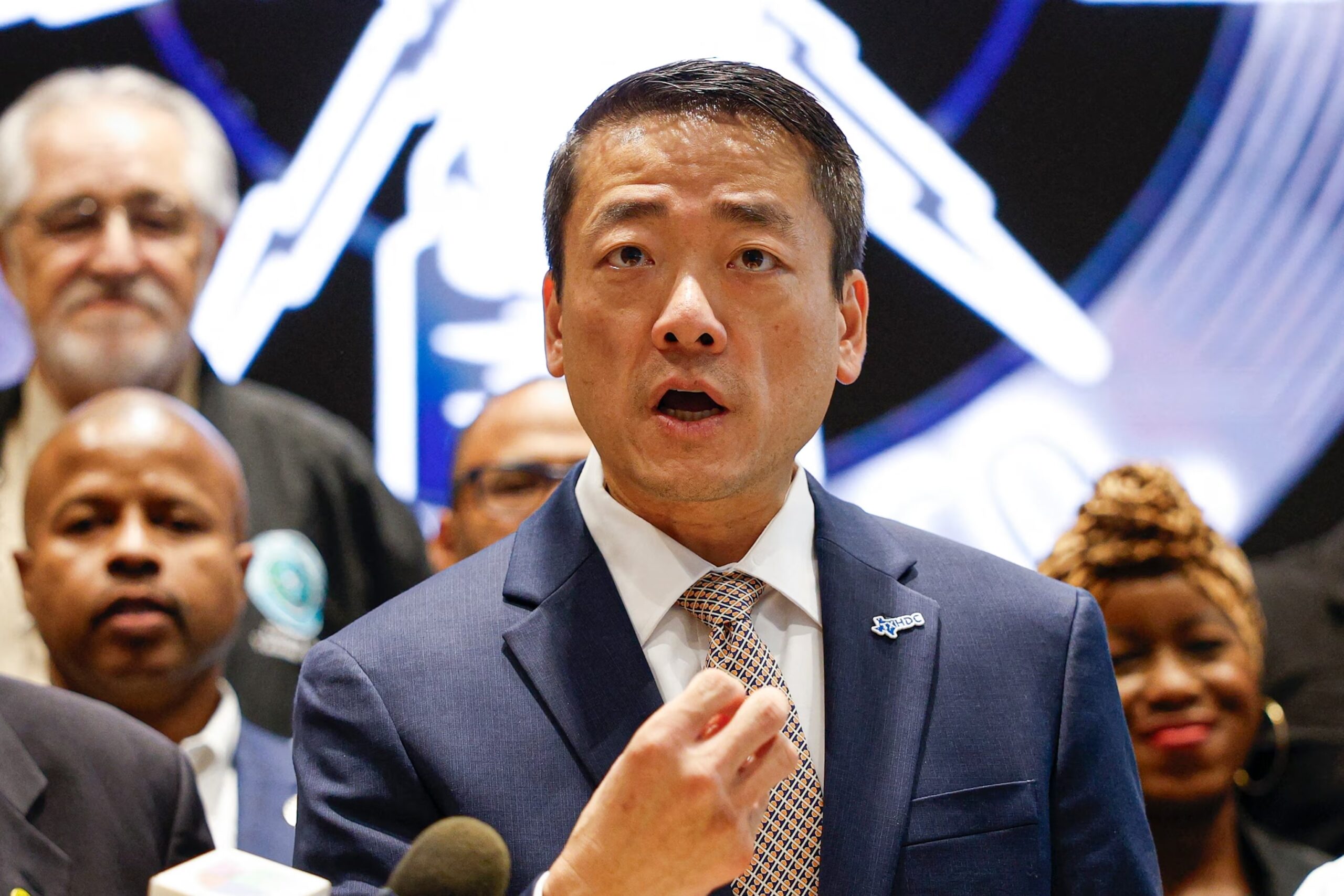Texas House Democrats ended their two-week walkout on August 18, restoring quorum in the state legislature and allowing Republicans to push forward with their plan to redraw congressional maps.
The Democratic caucus had left Austin in early August to block the redistricting effort, arguing that the proposed maps unfairly favored Republicans. With their return, legislative work resumed, and the partisan dispute moved back into the chamber.
Reasons for the walkout
The Democrats’ decision to leave Texas was aimed at preventing Republicans from advancing a mid-decade redistricting proposal. Typically, redistricting takes place once every ten years after the census, but Republican leaders in Texas sought to redraw the maps now, citing their authority under state law.
Democrats accused them of gerrymandering designed to lock in GOP control of several districts. Reports from CBS News and PBS noted that the Democratic lawmakers relocated to other states to avoid being compelled back to the chamber, halting the special session for nearly two weeks.
Republicans’ position
Republican leaders, including Governor Greg Abbott, defended the move as legitimate and within the legislature’s rights. They argued that the state has the authority to revisit district lines and insisted that the maps comply with legal requirements.
According to The New York Times and US News, Republicans are determined to advance the plan quickly now that quorum has been restored. The proposed maps could strengthen their position in Texas, though Democrats warn that the changes could weaken representation for minority voters.
Return to Austin
By returning, Democrats allowed the legislature to reconvene. The Wall Street Journal reported that the decision came amid mounting pressure, as their absence had drawn national attention and created a political standoff.
The Democratic caucus has vowed to continue opposing the maps inside the chamber, while Republicans are expected to press ahead with final approval. Legal challenges are considered likely, with opponents arguing that the maps dilute minority voting power, an issue that has been at the center of previous redistricting disputes in Texas.
National implications
The Texas dispute reflects a broader pattern in U.S. politics, where redistricting has become a flashpoint in battles over representation and political power. As PBS highlighted, Democrats urged Republicans to “stop the insanity” and negotiate, while GOP lawmakers maintained that they are fulfilling their duty.
What happens in Texas may shape not only the state’s political future but also contribute to ongoing national debates over how far legislatures can go in drawing district boundaries to benefit one party.
Contact us today through our WhatsApp to discover how we can help you achieve success in the United States. Together, we can turn dreams into reality.
Information source: pbs.org | cbsnews.com | wsj.com | nytimes.com | usnews.com



